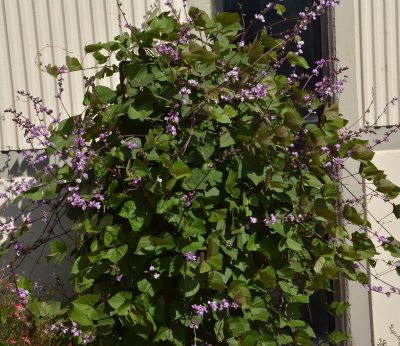When do live oak tree leaves fall?
I love this question, since it gives me the opportunity to talk about the seemingly odd designation of “semi-evergreen.” Live oaks are quite often referred to as evergreen, since, once mature, if healthy, they’ll never be entirely leafless.
But live oaks aren’t true evergreens, because they drop the majority, or at least a very large portion, of their leaves every year in spring, not in fall, when most other deciduous oak species do.
When live oak trees are young, they usually drop all of their leaves each spring, just prior to flowering. But as they mature, if they’re in good condition, they won’t drop their leaves all at once. The majority of the leaves that a mature live oak tree does lose will drop in spring each year, but you’ll begin to notice a bit of leaf-drop at other times as well, and this is a normal process.
Environmental stress will have an effect on this pattern. If we have a particularly dry, hot summer, live oak trees, especially young ones, may drop their leaves and be uncharacteristically bare in summer, which causes many people to panic. But leaf drop is one way that plants hunker down to avoid stressful times, and most will come back once temperatures cool down and rain starts to fall. If abnormal leaf drop occurs with your tree during summer heat, you can help with supplemental irrigation until the leaves begin to grow back.








